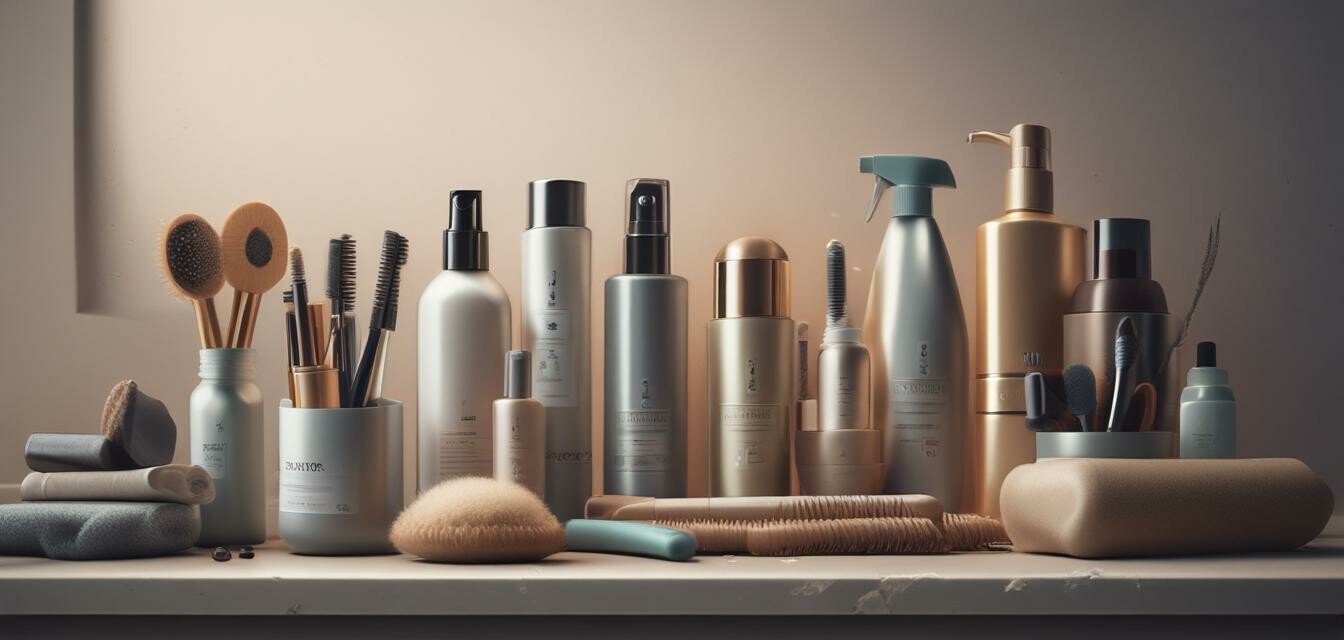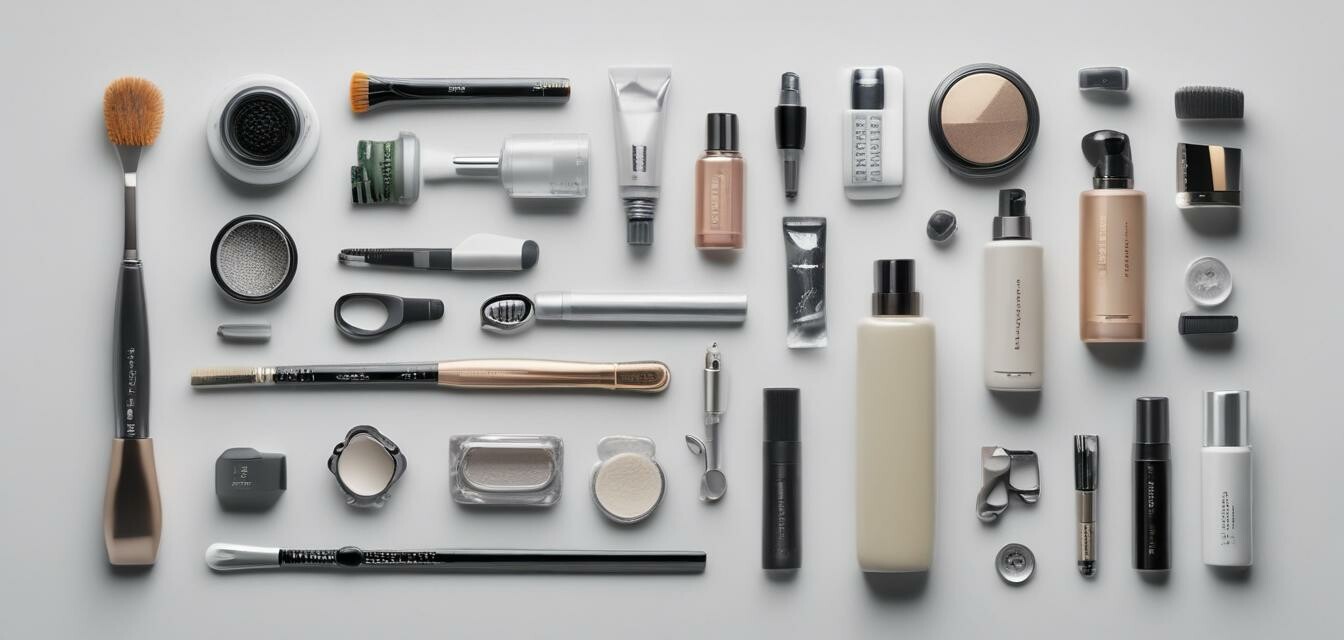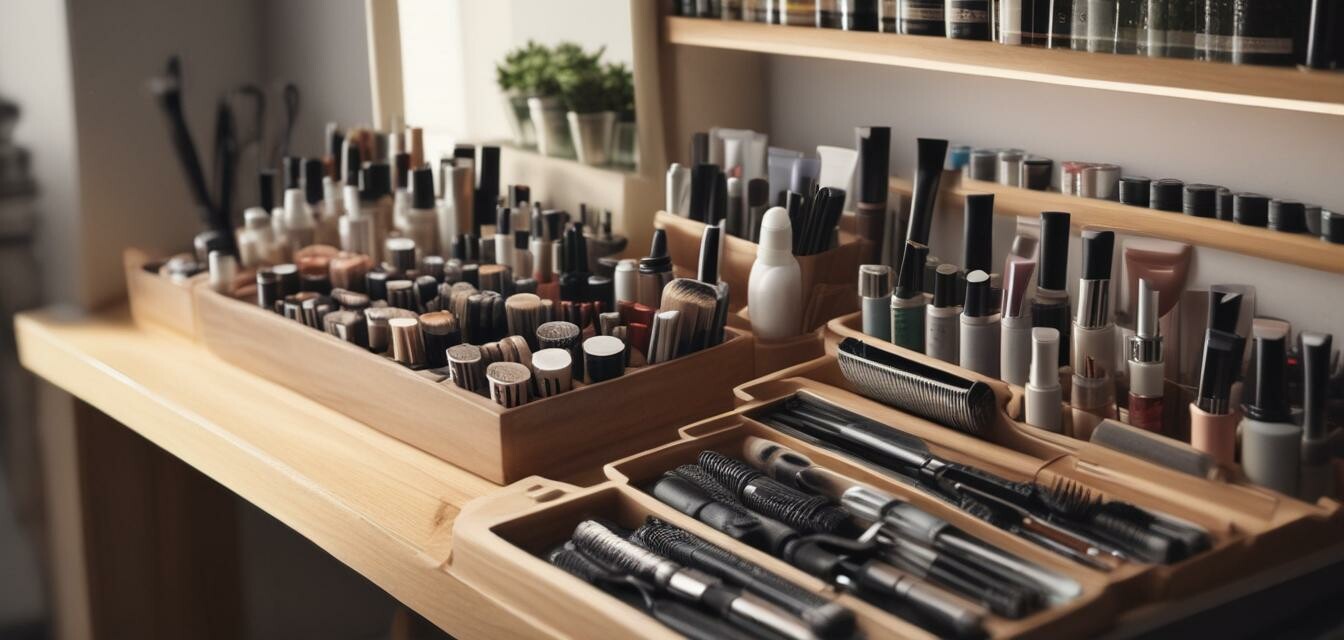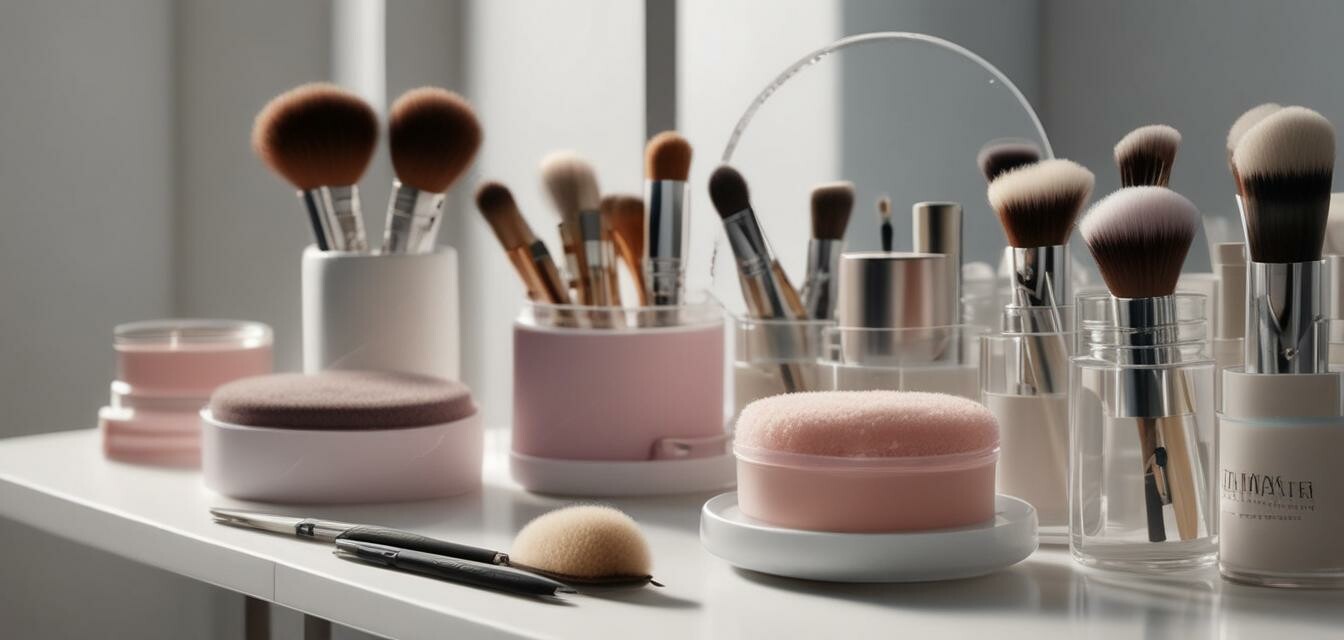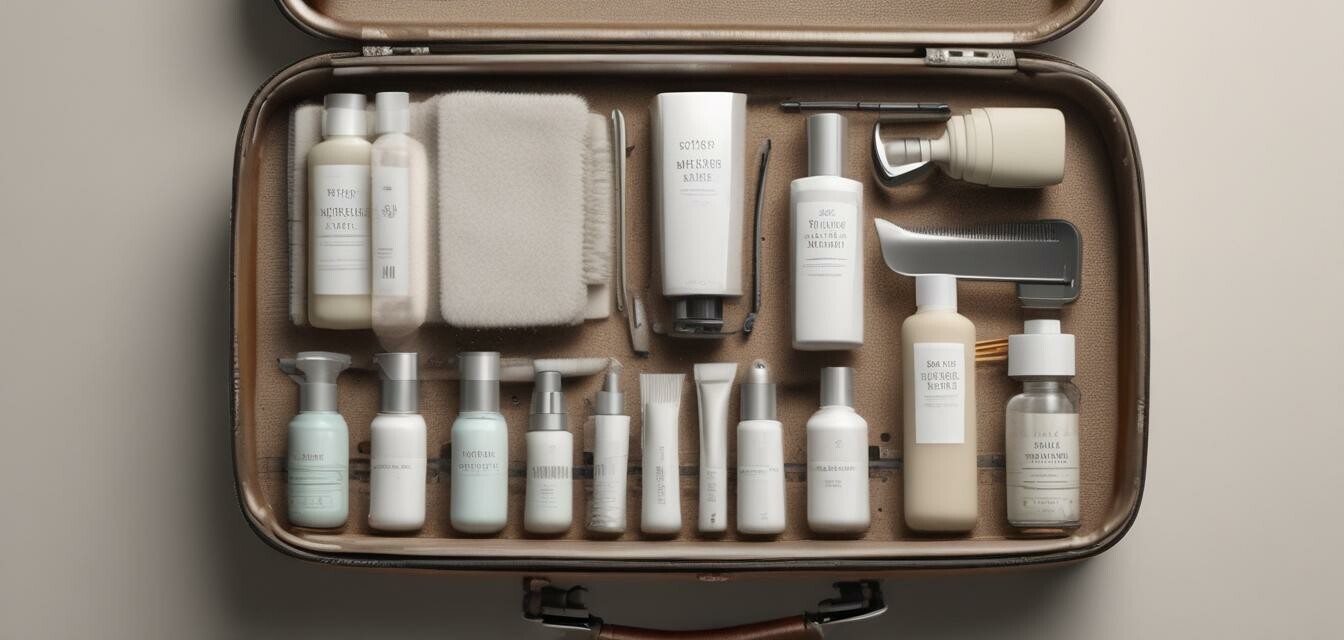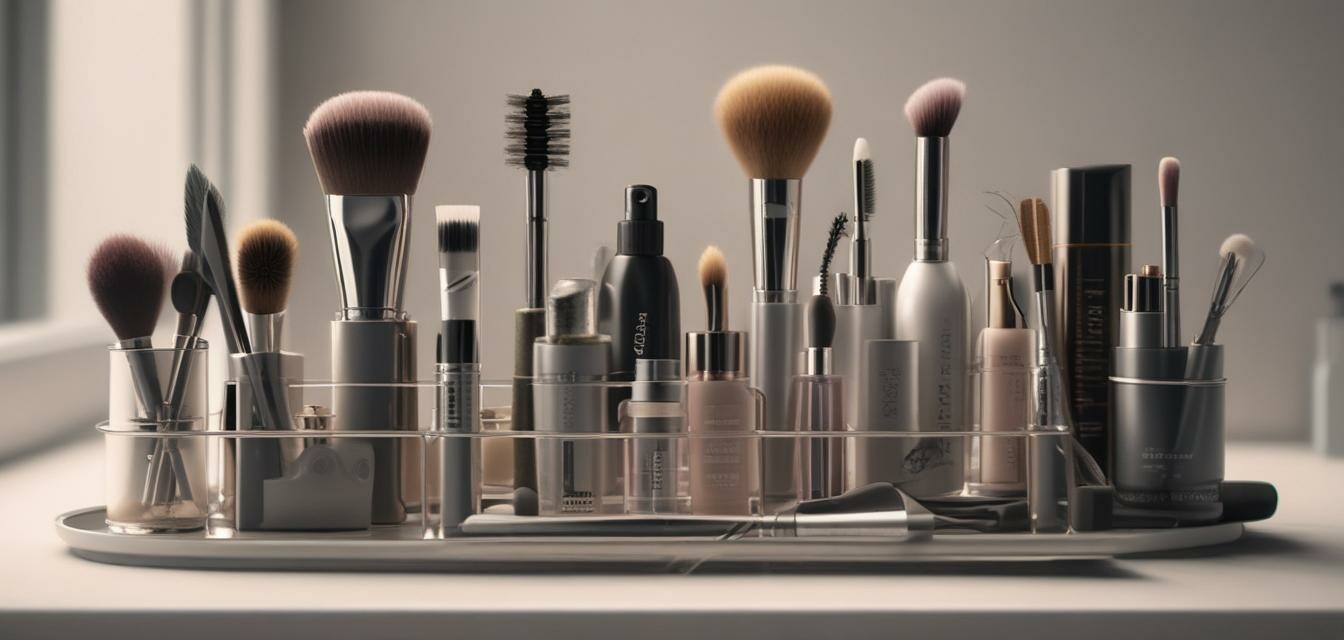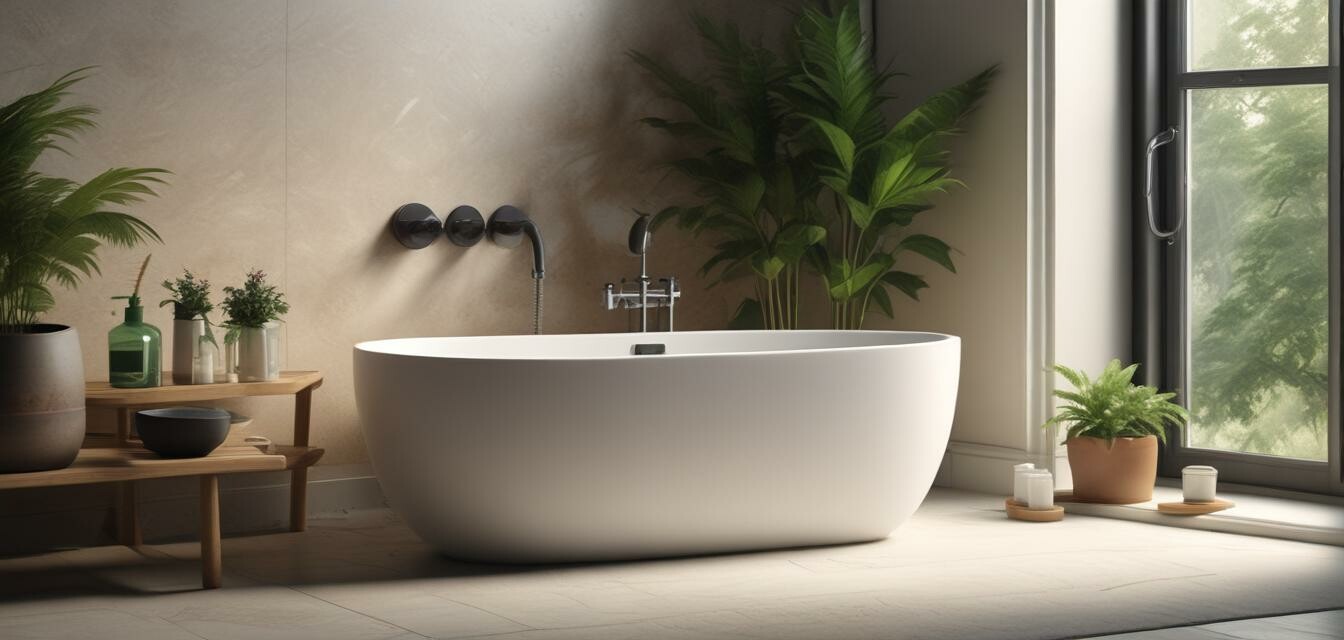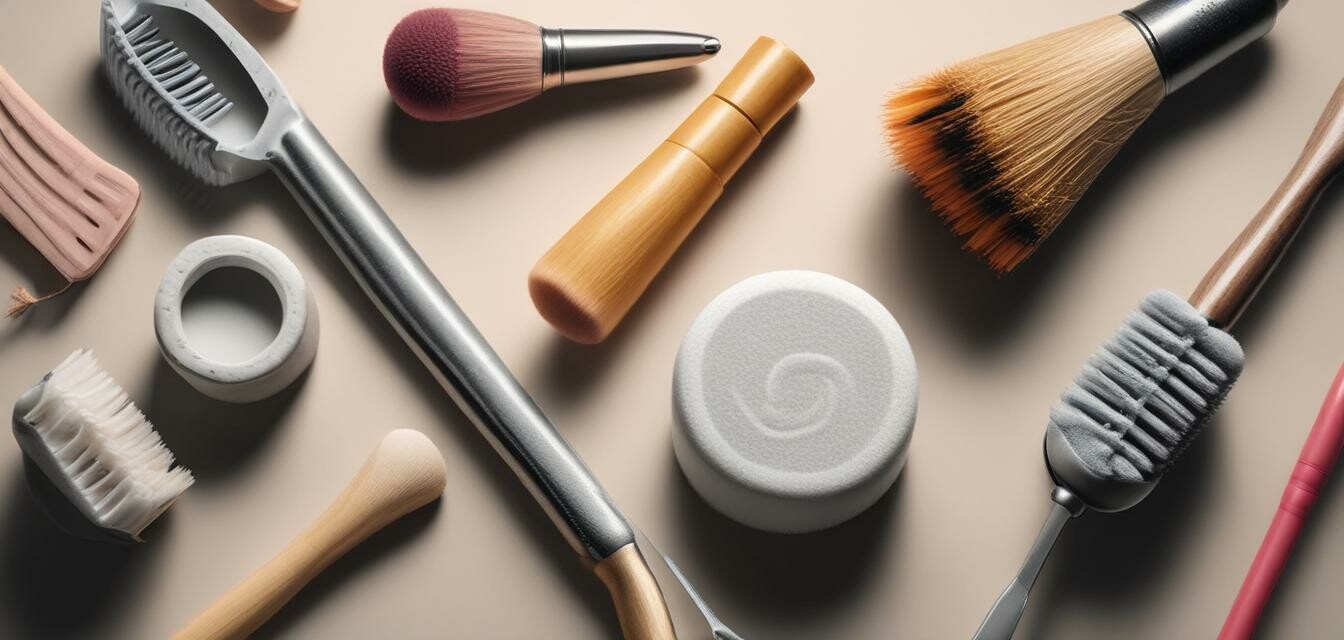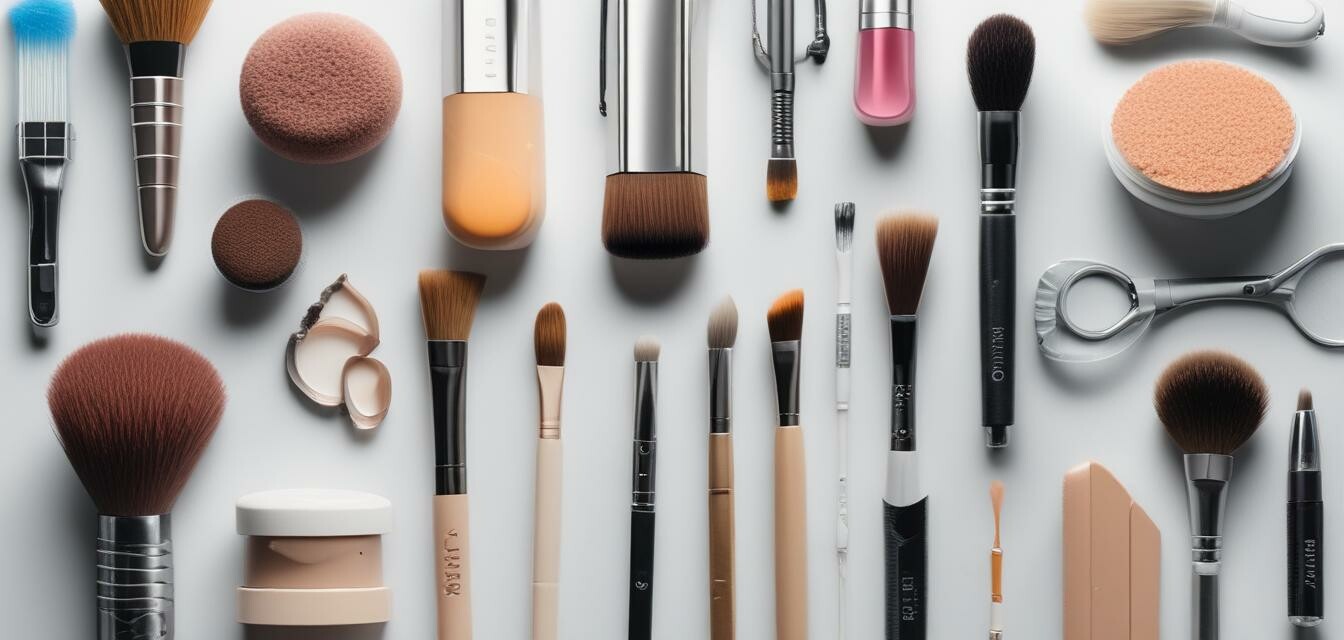
This article was generated using AI and is based on real customer reviews from the Amazon platform. It contains affiliate links, meaning we may earn a commission—at no extra cost to you. As Amazon Associates, we earn from qualifying purchases.
DIY Beauty Tool Cleaning Solutions
Key Takeaways
- Regular cleaning of beauty tools is essential for hygiene.
- Homemade cleaning solutions can be effective and economical.
- Using natural ingredients reduces the risk of skin irritation.
- Tools should be cleaned after every use for optimal results.
Keeping your beauty tools clean is vital for maintaining healthy skin and achieving flawless makeup application. In this article, we will explore various DIY cleaning solutions you can easily make at home. These solutions are not only effective but also budget-friendly. Let’s dive in!
Why is it important to clean your beauty tools?
Beauty tools can harbor bacteria, dirt, and oils, which can lead to skin irritations and breakouts. Regular cleaning ensures that your tools remain safe to use and prolongs their lifespan. Here are some reasons why you should make cleaning a habit:
- Prevents skin infections
- Ensures even makeup application
- Enhances the longevity of your tools
- Keeps your beauty routine hygienic
Homemade Cleaning Solutions
Below are some simple recipes for effective cleaning solutions using common household ingredients.
1. Vinegar and Water Solution
This solution is excellent for disinfecting and cleaning brushes and sponges.
| Ingredients | Quantity |
|---|---|
| White vinegar | 1 part |
| Water | 1 part |
Mix equal parts of vinegar and water in a bowl. Soak your brushes for about 10 minutes, then rinse thoroughly with warm water.
2. Olive Oil and Dish Soap
This mixture is perfect for breaking down makeup residue.
| Ingredients | Quantity |
|---|---|
| Olive oil | 1 tablespoon |
| Dish soap | 1 teaspoon |
| Water | 1 cup |
Combine the olive oil and dish soap in a bowl. Dip your brushes in the mixture and gently swirl. Rinse with warm water.
3. Baking Soda and Water Paste
Baking soda is a natural abrasive that can help clean stubborn stains from tools.
| Ingredients | Quantity |
|---|---|
| Baking soda | 2 tablespoons |
| Water | Enough to create a paste |
Mix baking soda with water to form a paste. Apply the paste onto the tools and scrub gently, then rinse well.
4. Rubbing Alcohol for Disinfection
Rubbing alcohol is a powerful disinfectant suitable for sanitizing tools.
| Ingredients | Quantity |
|---|---|
| Rubbing alcohol | 1 cup |
| Water | 1 cup |
Mix rubbing alcohol and water in a spray bottle. Spray onto the tools and wipe with a clean cloth. This solution is great for quick sanitization.
How to Clean Different Beauty Tools
Different beauty tools require different cleaning methods. Here’s a quick guide:
| Beauty Tool | Cleaning Method | Recommended Cleaning Solution |
|---|---|---|
| Makeup Brushes | Soak and rinse | Vinegar and Water Solution |
| Sponges | Soak and squeeze | Olive Oil and Dish Soap |
| Facial Tools | Wipe and disinfect | Rubbing Alcohol |
| Tweezers | Wipe with a cloth | Rubbing Alcohol |
| Combs and Brushes | Soak and scrub | Baking Soda and Water Paste |
Tips for Maintaining Clean Beauty Tools
Beginner's Section
- Always clean your tools before and after use.
- Store your tools in a clean, dry area.
- Use separate cleaning solutions for different types of tools.
- Regularly check and replace tools that are worn out.
Conclusion
Cleaning your beauty tools may seem like a chore, but with these DIY solutions, it can be quick and easy. Incorporate these cleaning habits into your beauty routine to ensure your tools remain hygienic and effective. For more tips on keeping your beauty tools in top shape, check out our articles on makeup brush cleaners and facial tool cleaners.
Pros
- Cost-effective cleaning solutions.
- Natural ingredients reduce skin irritation.
- Easy to make and use.
- Effective at removing dirt and bacteria.
Cons
- Homemade solutions may not be as potent as commercial cleaners.
- Some may require more time to prepare.
- Not all solutions work for every tool type.
Frequently Asked Questions
1. How often should I clean my beauty tools?
It's best to clean your brushes and sponges after every use and disinfect other tools at least once a week.
2. Can I use regular soap to clean my tools?
While regular soap can clean the tools, it's recommended to use specialized solutions for better sanitization.
3. What if I have sensitive skin?
Using natural cleaning solutions like vinegar and water or olive oil and dish soap can be gentler on sensitive skin.
4. Can I store my tools in a damp area?
No, it's important to store beauty tools in a dry area to prevent bacteria growth.
5. Do I need to dry my tools after cleaning?
Yes, ensure your tools are completely dry before using them again to avoid any moisture-related issues.
Further Reading
For more information on maintaining your beauty tools, check out our guides on tool sanitizers and cloth and towel sterilizers.
